Wolfgang Amadeus Mozart
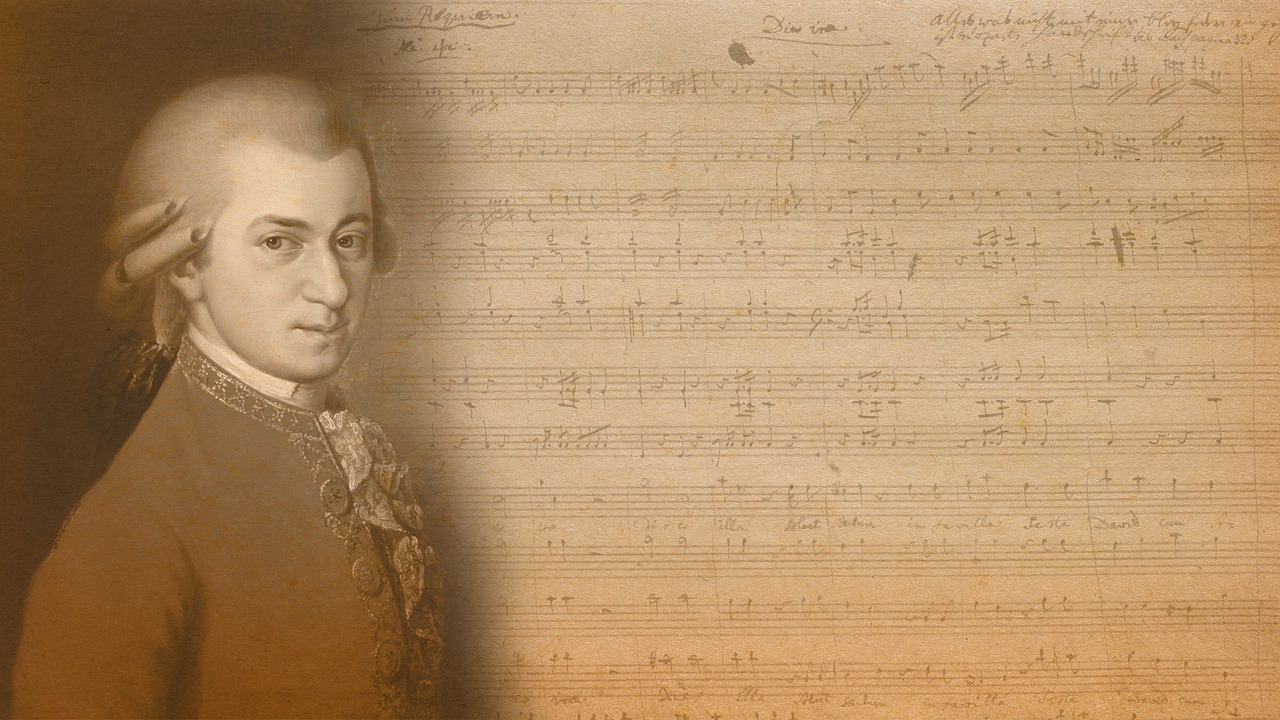
Wolfgang Amadeus Mozart (commonly called Wolfgang Amadé or Wolfgang Gottlieb) and baptized as Johannes Chrysostomus Wolfgangus Theophilus Mozart was born January 27, 1756 in Salzburg, Archbishopric of Salzburg, Austria which was then in the Holy Roman Empire.
He died December 5, 1791 in Vienna, Austria, regarded perhaps, the greatest natural musical talent and also recognized as one of the greatest composers of the Western, Classical Music Era (1750–1830) that originated in Europe from the 5th century AD.
German composer and musician, Johann Sebastian Bach (1685-1750), of the late Baroque period (1600 to 1750) is revered as “The Father of Music” - Mozart loved Bach music.
Wolfgang Amadeus Mozart achieved acclaim first, as a child prodigy and later as one of the most celebrated of all composers.
Unlike any other composer, Mozart's compositions resulted in more than 600 works in every musical genre of his time and acknowledged as pinnacles of the symphonic, concertante, chamber, operatic, sacred and choral repertoire and admired for their "melodic beauty, elegance, harmony and texture" - yet, despite all his success, he died penniless aged 35, and was buried in an unmarked grave.
!756
1756 also saw the commencement of the Seven Year War (1756–1763) that involved all the Great Powers of Europe - France, Austria, Saxony, Sweden and Russia were aligned on one side against Prussia, Hanover, and Great Britain on the other.
The war arose because the Austrian Habsburgs wanted to regain back the province of Silesia, which had been taken from them by Frederick II (the Great) of Prussia during the War of the Austrian Succession (1740–48).
The Seven Year War also involved overseas colonial struggles between Great Britain and France for control of North America and India.
When it ended in 1763, Austria, France, and Russia were defeated.
Family
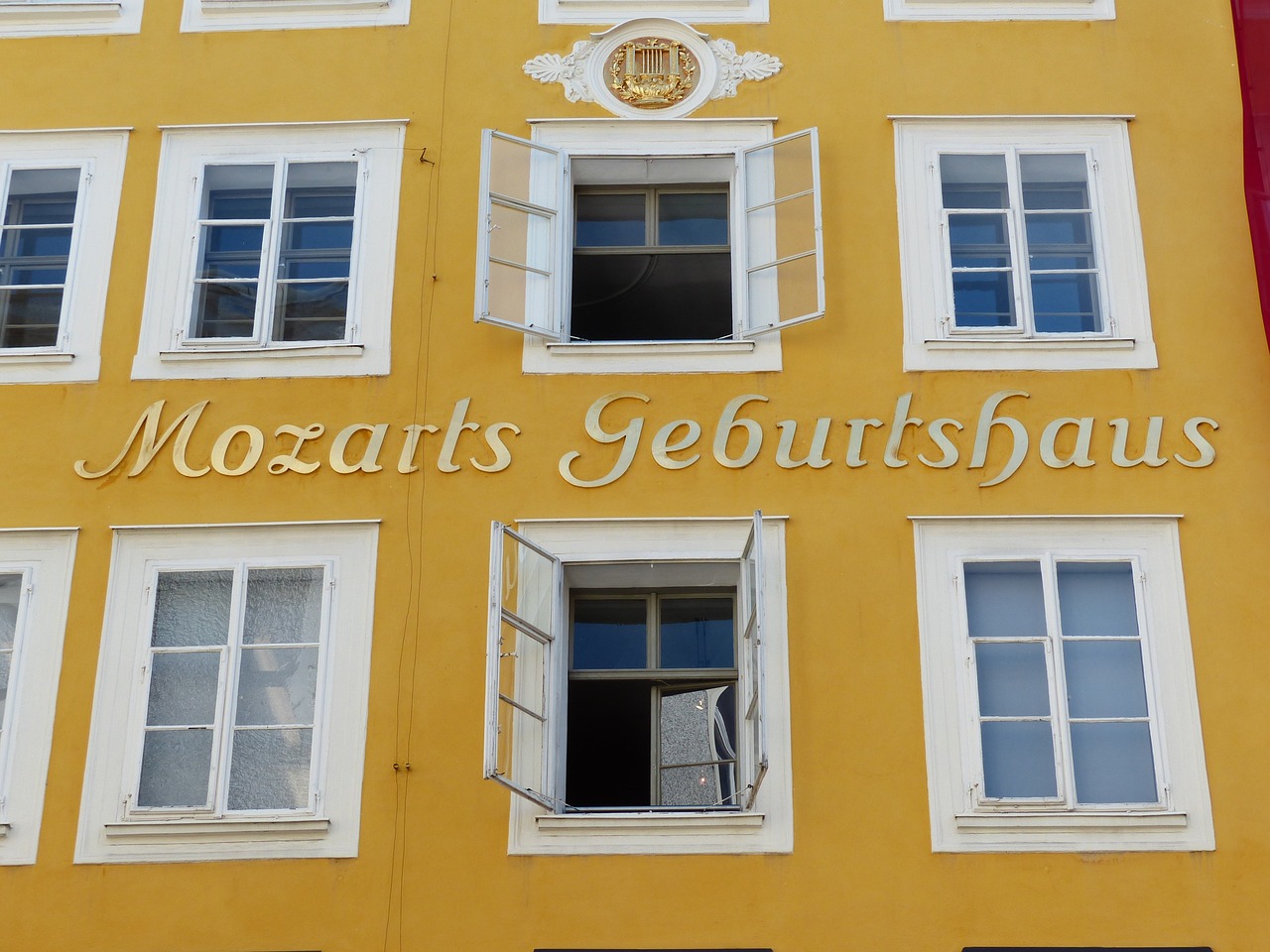
Wolfgang Amadeus Mozart
His father, Johann Georg Leopold Mozart (1719-1787), came from a family which included architects and bookbinders.
He was a violinist, composer and theorist who played in the orchestra of the Archbishop of Salzburg from 1743 (in 1763, Leopold became the orchestra's deputy Kapellmeister English: bandmaster) and was the author of a famous violin textbook, Versuch einer gründlichen Violinschule which was published in the year of Mozart’s birth (1756) and achieved success.
Leopold married Anna Maria Walburga Pertl in Salzburg in 21 November 1747.
Wolfgang's mother, Anna Maria Walburga Pertl (25 December 1720 – 3 July 1778) was born of a middle-class family who were active in local administration - she added to the family income by making lace.
Anna Maria nearly died giving birth to Wolfgang because her womb retained the placenta, and its enforced removal created an extreme risk of fatal infection.
Wolfgang was the youngest of the couple's seven children - he and his sister Maria Anna (“Nannerl”) were the only two who survived.
The two surviving children achieved fame through a series of tours through Europe (1762–1768) during which the two were exhibited as prodigies.
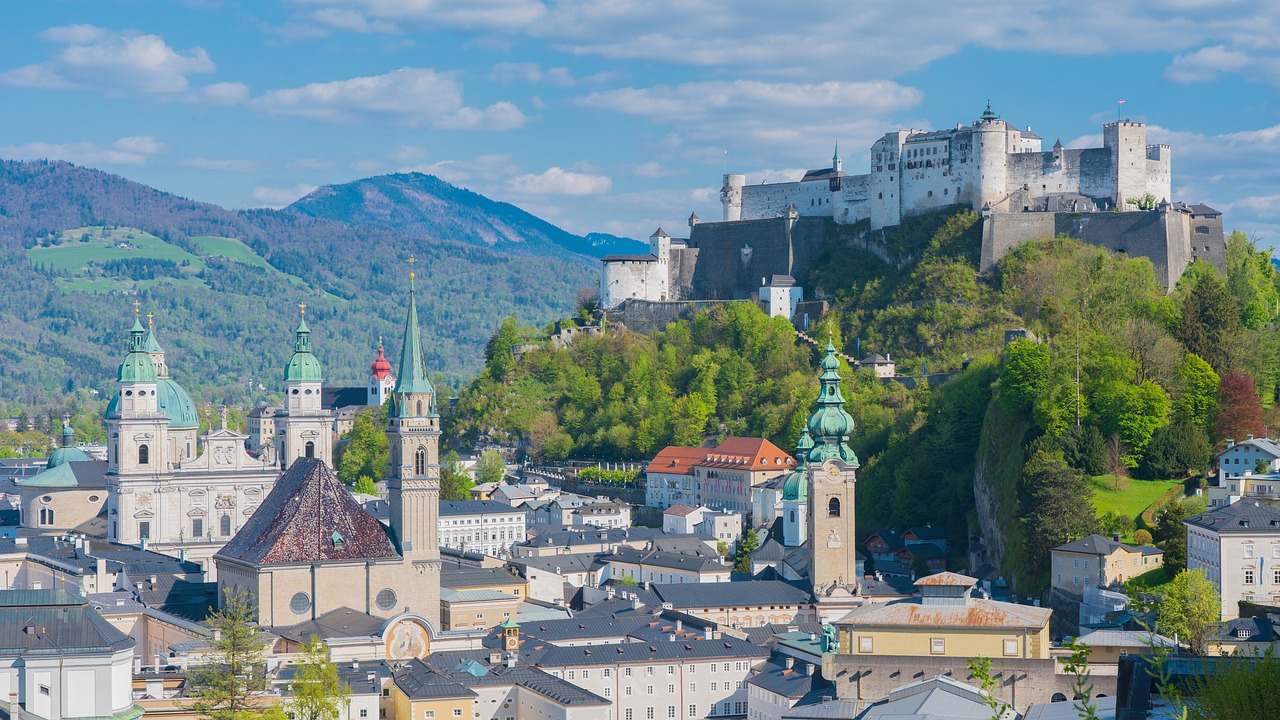
Nannerl
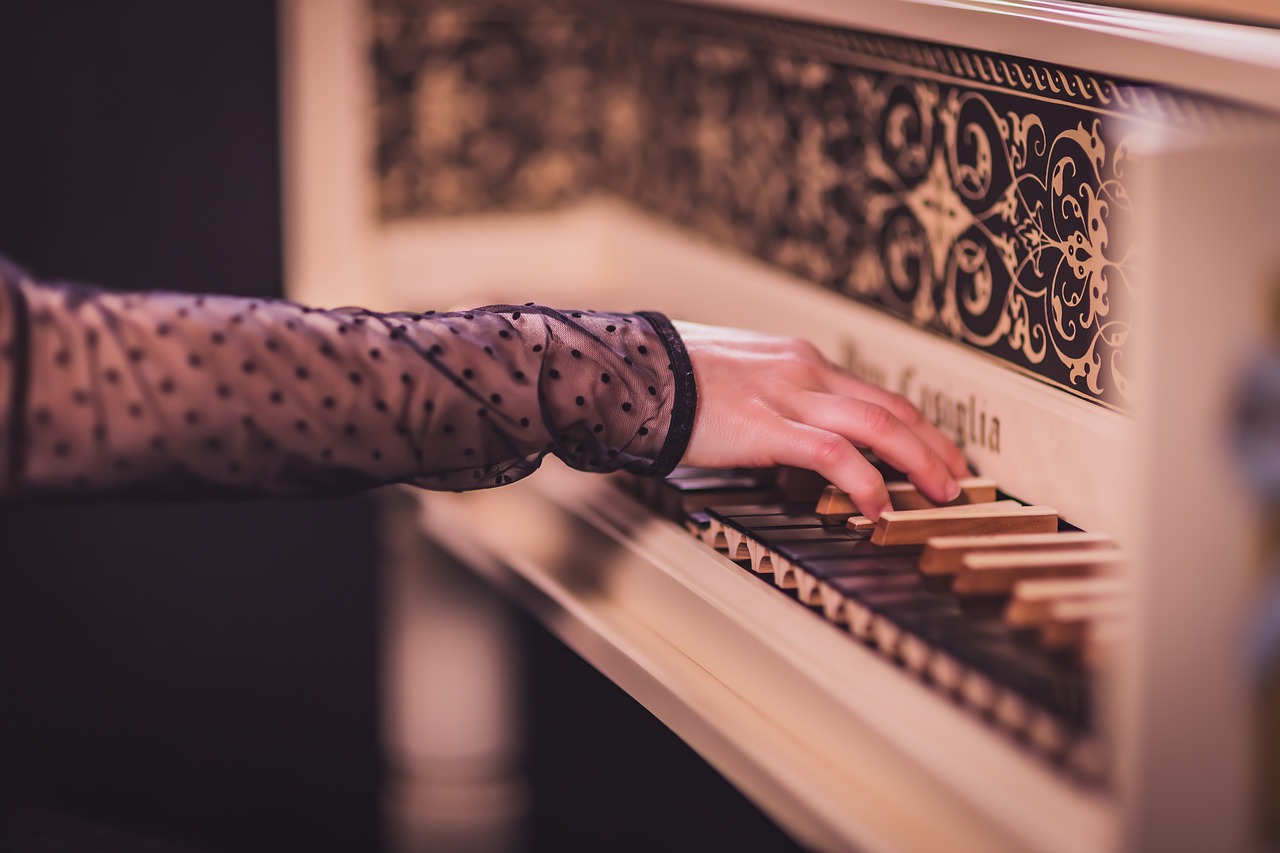
Wolfgang Amadeus Mozart
Mozart's sister, Maria Anna Walburga Ignatia Mozart (30 July 1751 – 29 October 1829), called "Marianne" and nicknamed Nannerl was also a talented harpsichord player and pianist.
When she was seven years old, her father started teaching her to play the harpsichord then took her and Wolfgang on tours of many European cities to showcase their talents.
As Nannerl began keyboard lessons with her father, her three-year-old brother looked on.
Years later, his sister reminisced after her brother's death: "He often spent much time at the clavier, picking out thirds, which he was ever striking, and his pleasure showed that it sounded good."
In the early days, she sometimes received top billing however, given the views of her parents and society at the time, it became impossible as she grew older for her to continue her career because she had reached "marriageable age."
From 1772 on she taught the piano in Salzburg and through her work added greatly to Leopold Mozart's reputation as a teacher.
Child Prodigy
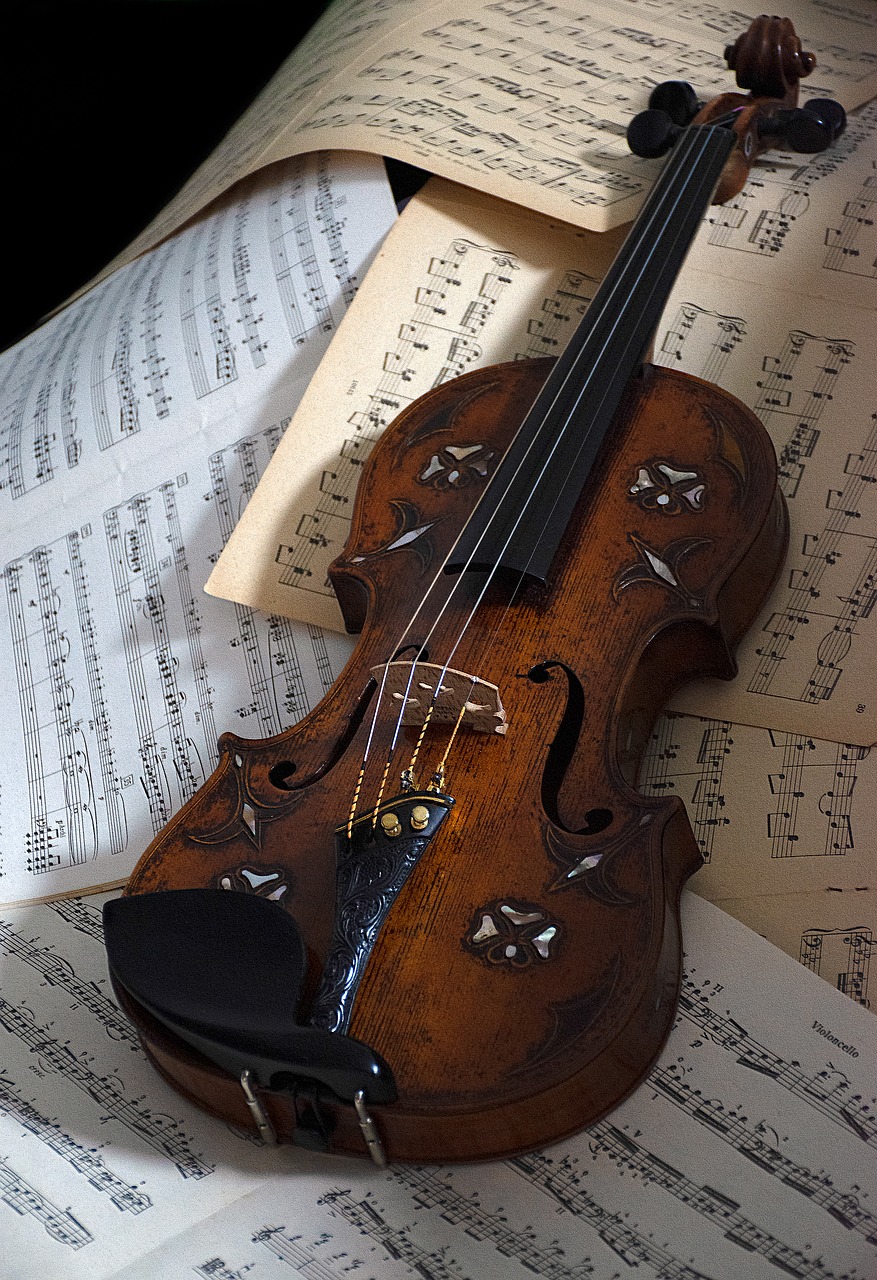
Wolfgang Amadeus Mozart was born at Getreidegasse 9 in Salzburg, the capital of the Archbishopric of Salzburg, an ecclesiastic principality of the Holy Roman Empire (today in Austria) and was baptized the day after his birth, at St. Rupert's Cathedral in Salzburg.
Leopold Mozart discovered that his two children were musically gifted around 1759, when he began keyboard lessons for his seven-year-old daughter, Nannerl.
In his children's early years, Leopold was the devoted teacher at home in music,languages and academic subjects.
At three, young Mozart was picking out chords on the harpsichord, at four, he played short pieces and at five, he studied keyboard, violin and composition.
The children's musical education was aided by constant rehearsing - Wolfgang however, was keen to progress beyond what he was taught.
Just before he was six, his father took him and Nannerl to Munich to play at the Bavarian court, and later they went to Vienna and were heard at the Imperial Court and in noble houses - in 1762, they played before the Empress Maria Theresa at the Imperial Court in Vienna.
In 1762, young Mozart was a concert pianist and, it's even more remarkable that he became a touring concert pianist throughout Europe at such a young age.
Mozart Family Grand Tour
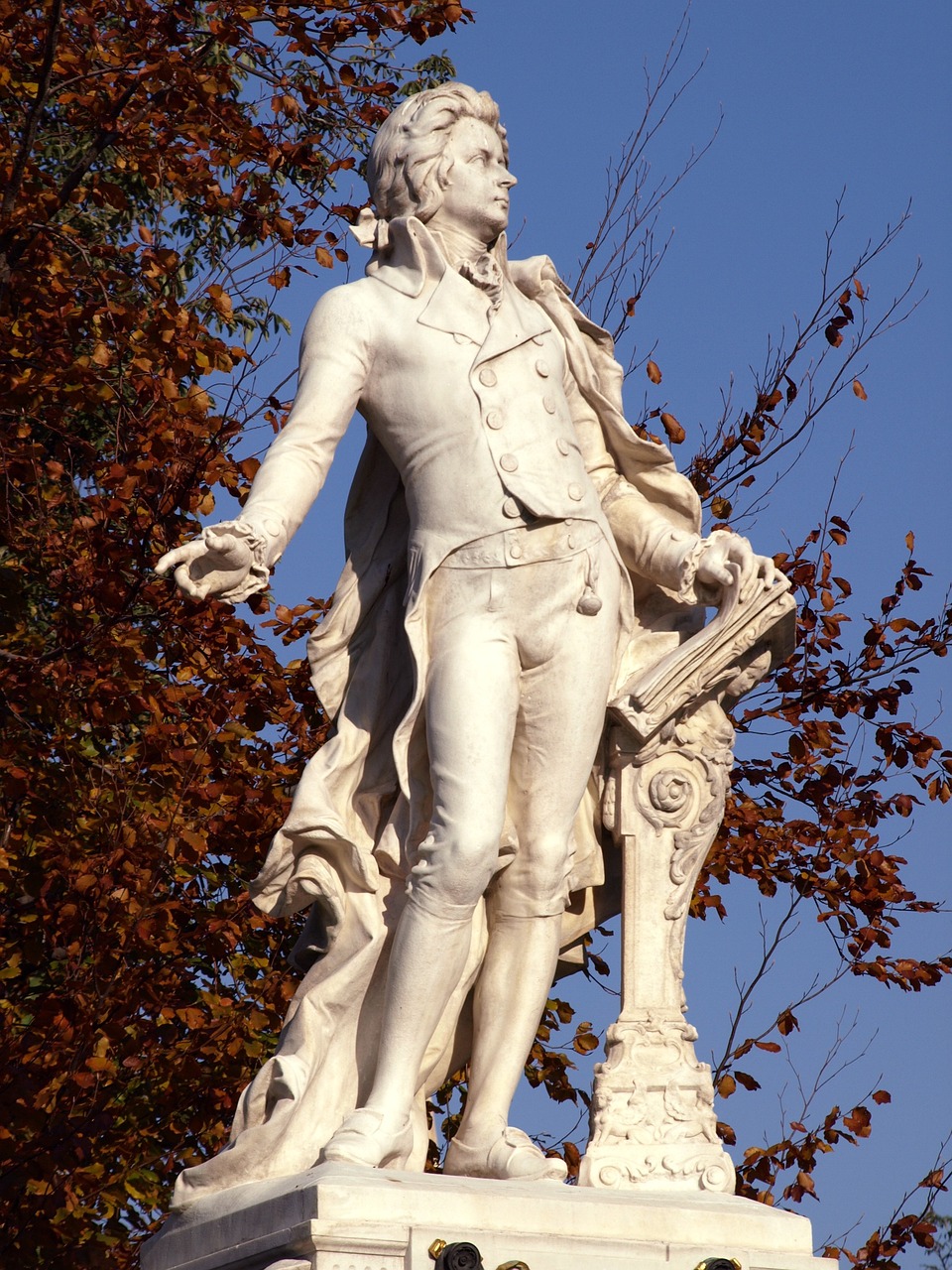
Wolfgang Amadeus Mozart
Leopold Mozart began taking the family on extensive concert tours from 1763 to 1766, performing for both aristocracy and public, throughout central and western Europe that included Munich, Vienna, Pressburg (Bratislava), Paris, the Hague, a lengthy stay in London and then three trips to Italy - the children were aged eleven and seven respectively.
Mozart's performances and concert compositions made him a legend at the tender age of seven and by the age of eleven, commissions were already being offered.
His musical mastery came from his genius and from his instant assimilation of different styles.
Leopold obtained an extended leave of absence from his post as deputy Kapellmeister (band master) to the Prince-Archbishopric of Salzburg to begin the first stage of the tour's itinerary that took the family, via Munich, Frankfurt, Brussels and then on to Paris where they stayed for five months.
In Paris, at the Royal Chapel, Mozart and his sister performed before Louis XV and Mme de Pompadour.
They then departed for London, where they stayed of more than a year where Wolfgang and Nannerl played before King George III and Queen Charlotte at Buckingham House.
In London, Wolfgang met leading musicians and composed his first symphonies.
The family then travelled to the Netherlands and on the homeward phase, stopped in Paris and toured Switzerland, before the family returned to Salzburg in November 1766.
There were further journeys for young Mozart in the following six years, prior to his appointment by the Prince-Archbishop as a court musician.
Marriage
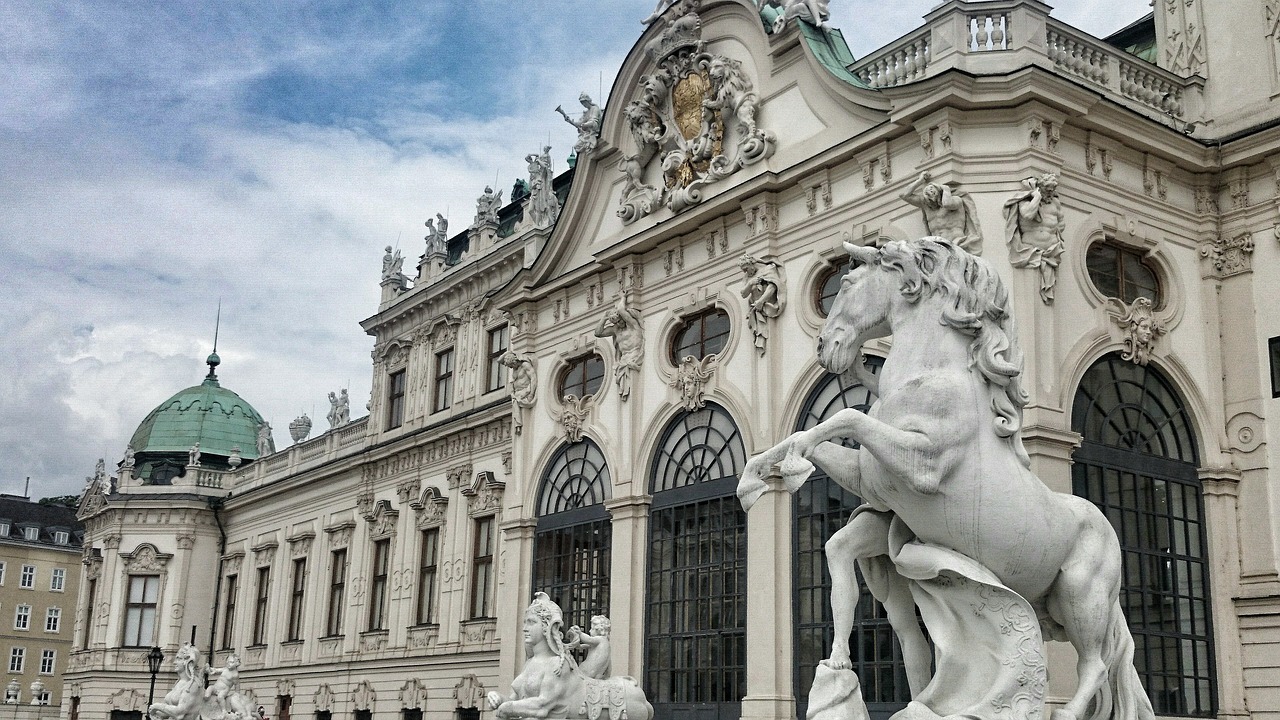
Wolfgang Amadeus Mozart married the singer, Maria Constanze Cäcilia Josepha Johanna Aloysia Weber (5 January 1762 – 6 March 1842) on August 4, 1782 in St. Stephen's Cathedral in Vienna, Austria, the day before his father's consenting letter arrived in the mail - Mozart liked to call his wife Constanza, or Stanzerl.
The couple had six children together only two of whom survived infancy: Karl Thomas Mozart, Franz Xaver Wolfgang Mozart - four others died in infancy.
Constanze was a talented musician and sang the soprano solo in Great Mass in C Minor that Mozart wrote for her in 1783 at the premier of his work in Salzburg.
When Mozart died at the age of 35, he left his wife Constanze and two children, almost no money and his manuscripts.
Constanze was determined to keep her beloved husband's memory and music alive and became active by organizing memorial concerts and publishing her husband's works which benefitted her financially.
She remarried in 1809 to a Danish diplomat and writer, Georg Nikolaus von Nissen and jointly, with her second husband worked on Mozart's biography
Unfortunately, the Mozart direct lineage ended with the death of Mozart's two sons, Karl Thomas Mozart and Franz Xaver Wolfgang Mozart, who both died unmarried.
Wolfgang Amadeus Mozart - Death
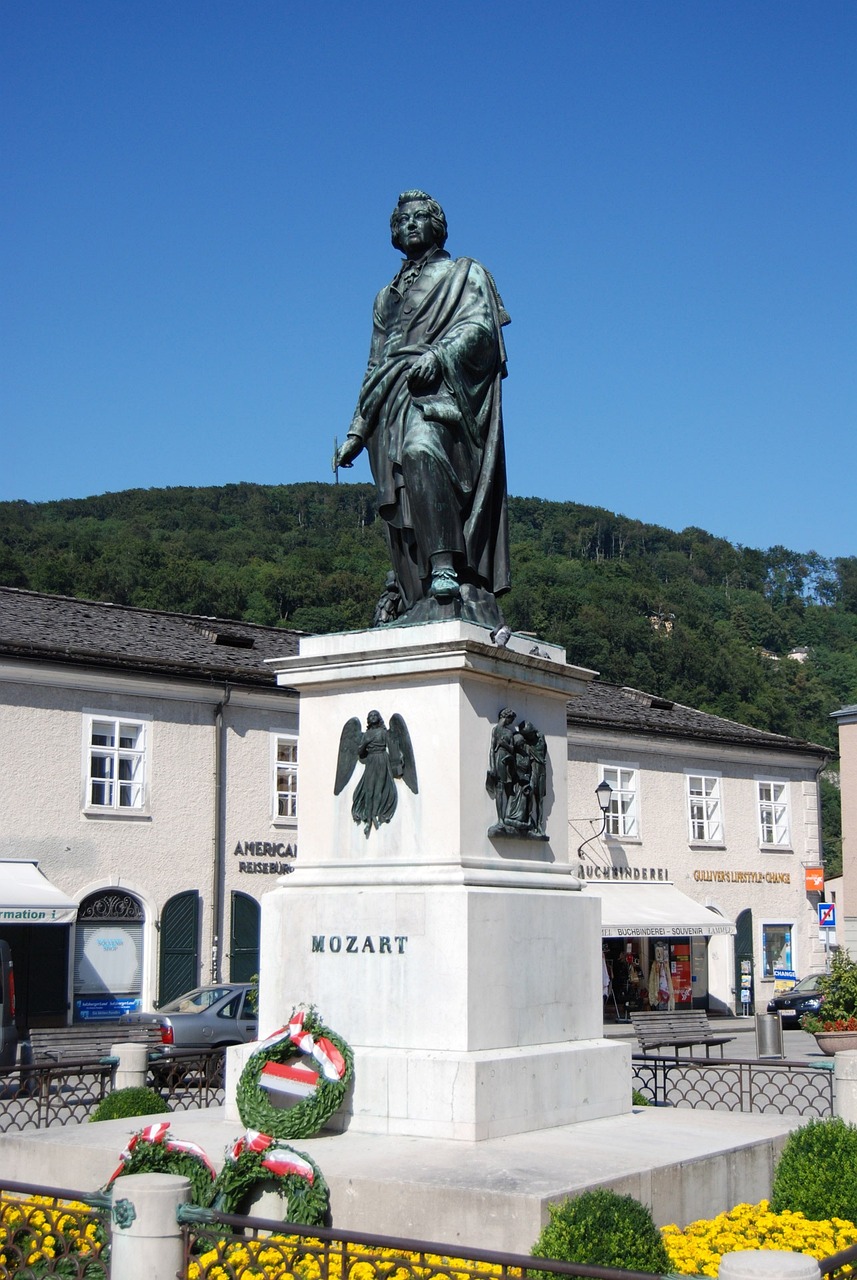
During his final years Mozart composed many of his best-known symphonies, concertos, and operas.
He fell ill while in Prague on 6 September, 1791, for the premiere of his opera La clemenza di Tito, which was written in that same year on commission for Emperor Leopold II's coronation festivities.
Mozart conducted the premiere of The Magic Flute on 30 September but his health deteriorated on 20 November that he became bedridden, suffering from swelling, pain and vomiting.
He was nursed in his final days by his wife and her youngest sister, and was attended by the family doctor, Thomas Franz Closset.
During his illness, he was trying to finish his Requiem in D minor, his final work which was largely unfinished by the time of his death.
Wolfgang Amadeus Mozart died in his home in Vienna, Austria, on 5 December 1791 aged 35 at 12:55 am due to Schönlein-Henoch purpura, with death from cerebral haemorrhage and bronchopneumonia.
His last words were: "The taste of death is upon my lips . . . I feel something that is not of this earth."
He was buried in a pauper's grave in the Cimetière Saint Marc, Vienna, Austria.
In 1855, the grave was discovered and in 1859 Hanns Gasser built a monument there.
Mozart's Greatest Works
In all, Mozart composed more than 600 pieces of music which included twenty-four operas such as his famous works "The Magic Flute", "Don Giovanni", "The Marriage of Figaro," Jupiter Symphony, 17 masses and over 50 symphonies.
Ezine Articles Author Link
Click on the Link Below

Newsletter Opt-in-Form
The Keen Traveler
Your second block of text...
Recent Articles
-
The Power of Money
Mar 23, 25 03:53 AM
The power of money provides financial security, enables one to fulfill financial needs, improves the quality of life and gives peace of mind during unexpected financial emergencies. -
Simplicity tranquility and enlightenment
Mar 16, 25 06:01 AM
Simplicity tranquility and enlightenment empowers the individual to live lighter and to add value to life through meaningful goals. -
Faith History and Culture
Jan 02, 25 12:48 AM
Faith history and culture have impacted human history in all places and times.


